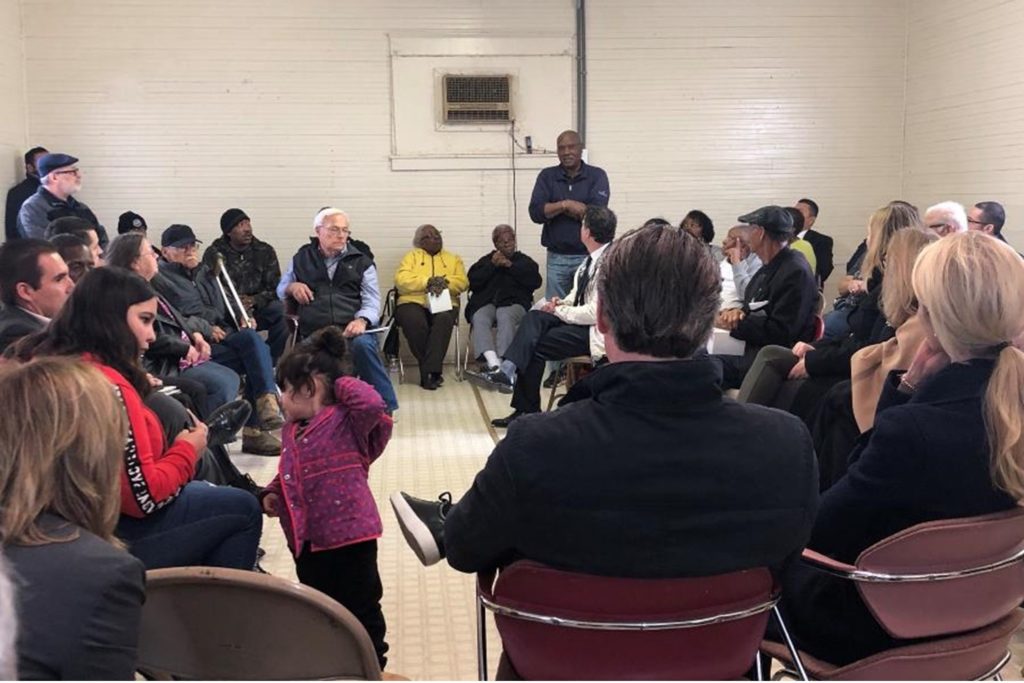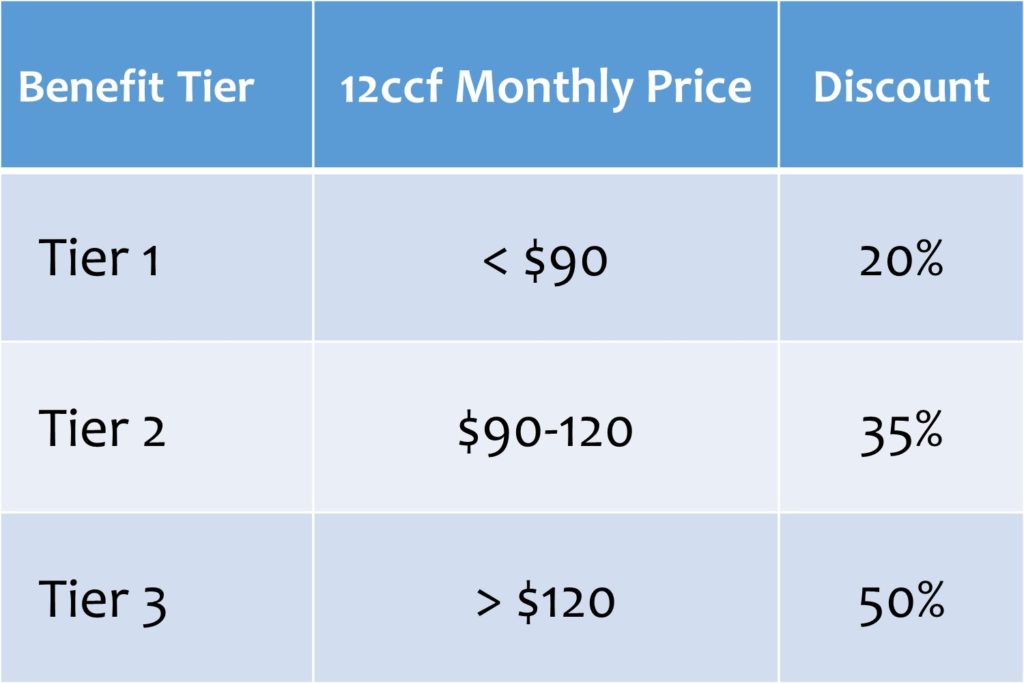Devils (and angels) in the details, Part 1

In 2012, to great fanfare, California governor Jerry Brown signed into law AB 685, which declared a “right to safe, clean, affordable, and accessible water adequate for human consumption, cooking, and sanitary purposes.” Last spring I observed that the crucial but unglamorous task of turning the lofty rhetoric of rights into a pragmatic program fell to the California Water Board staff under AB401.
Fast forward seven years: the Golden State now has a new governor, and he’s eagerly established himself as a champion for water access and affordability. Earlier this month the Water Board published its draft proposal for a statewide low-income water rate assistance program with an estimated annual price tag of $606 million. As with so many other areas of public policy, California is blazing a trail that other states and communities could follow. There are lots of interesting things about the proposal. Mostly, though, it’s big and it’s bold.
The proposal
The proposal is complicated. At its heart is a three-tiered assistance program that would provide different discount of 20%, 35%, or 50%, depending on the combination of household income and monthly water prices at 12 ccf (about 9,000 gallons). Customers could qualify if their household income is less than 200% of the Federal Poverty Level (FPL).

The proposal is vague about how customers would enroll in the program, how often renewals would be required, who would make eligibility determinations, and who would be responsible for collecting and distributing benefits. The proposal smartly lays out several options for how the program would deliver benefits to participants. Eligible customers could get a water bill credit, an energy bill credit, a tax credit, or a direct payment via Electronic Benefits Transfer (EBT).
To pay for these benefits, the proposal calls for “progressive revenue sources,” including an increased tax on income over $1 million a year and sales taxes on bottled water. Under California law, these would require a supermajority vote in the legislature and a ballot referendum, respectively.
Go big or go home
The Water Board’s proposed program is remarkable in its breadth and boldness. The federal government’s LIHEAP has provided home energy bill assistance for decades, but the proposed California plan would be the country’s first statewide water bill assistance program, promising benefits targeted at low-income water utility customers (as opposed to subsidies for the utilities that serve them). The proposal envisions reaching as many as 4.3 million households. The three-tier eligibility and benefit framework is an admirable effort to match benefit levels to customers’ needs.
The proposal is also unabashedly redistributive in its aims, using tax revenue to subsidize low-income households’ water bills. This sort of redistributive approach is important for an assistance program in a state as large and economically diverse as California. The benefit levels are modest but significant, and although they provide percentage discounts, the three tiers smartly designed with absolute cost burdens in mind.
On the other hand…
Some aspects of the proposal are worrisome. Some bits are merely (and probably intentionally) vague, others could be addressed with some minor tweaks; but others are more fundamental. In the next few posts I’ll look at that other hand.
